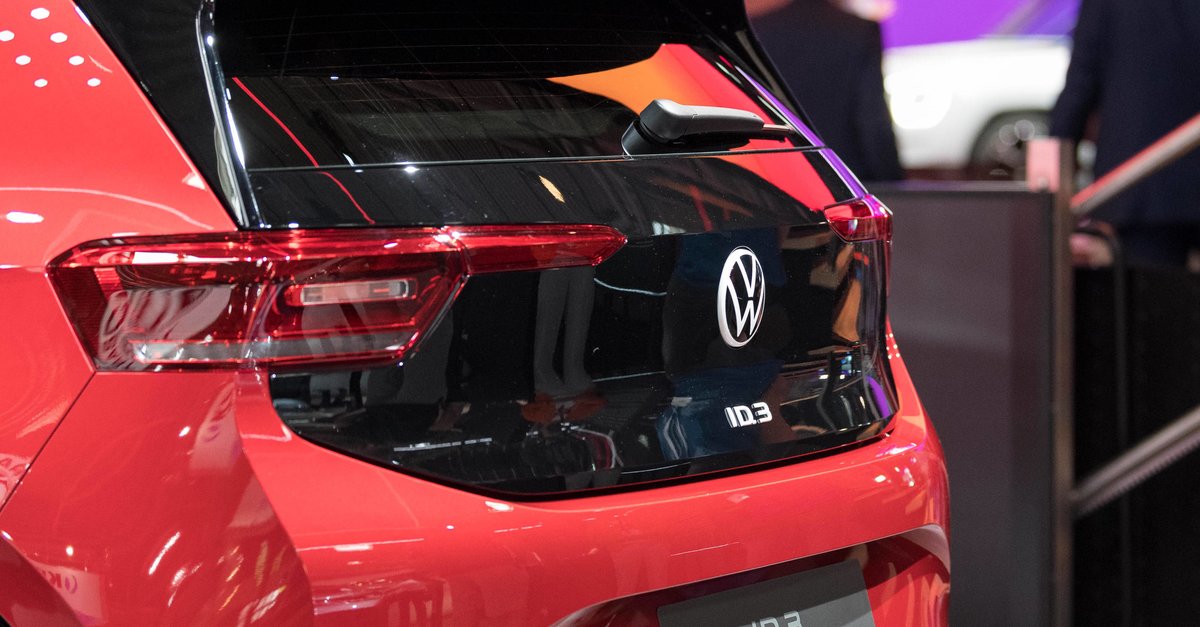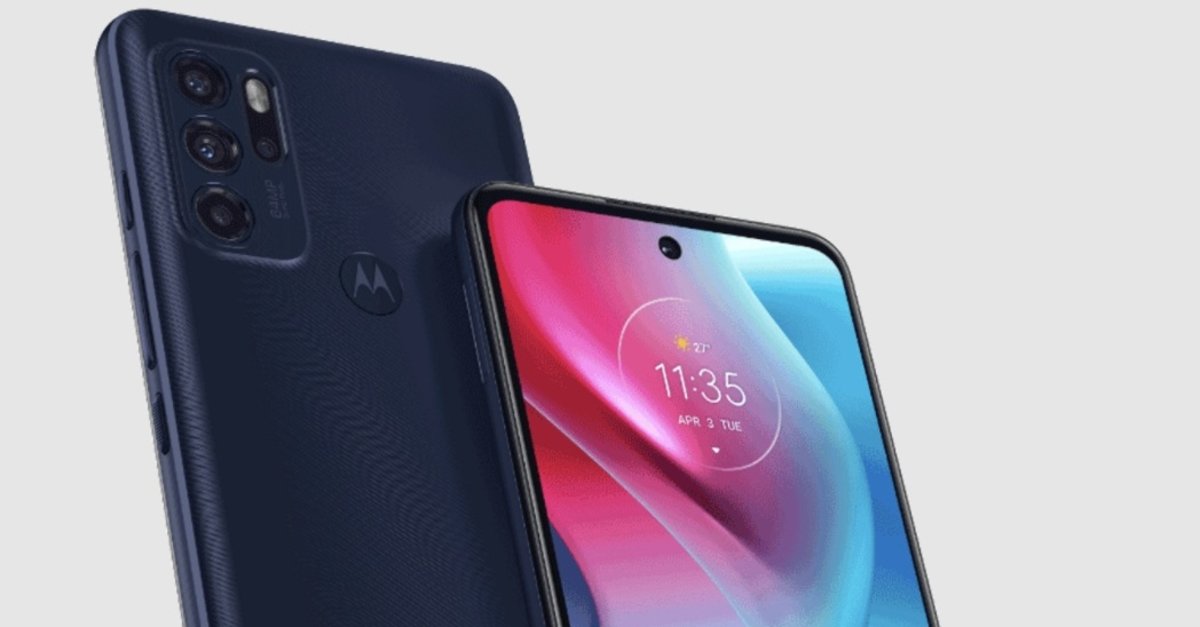VW ID.3 collapses massively in winter
E-cars need more electricity in winter than in summer. The range suffers as a result. The problem is well known, but now it becomes really clear during the winter test of an ID.3 from VW. In the cold, the first e‑car from Wolfsburg becomes a gasping short-distance runner.
Bitter pill for VW: ID.3 loses a lot of range in the cold
The ID.3 from VW has to lose a lot of range in cold temperatures. With the large battery with a capacity of 62 kWh, the Stromer has a range of up to 404.8 km in the summer months between June and August with a consumption of 13.3 kWh per 100 km. From December to February consumption climbs to 17 kWh. With the same battery are then still 317 km in it – a whopping minus of around 28 percent.
This is the result of a study by the University of Wismar, reported on by the magazine Auto Verkehr (via Ecomento). With the smaller battery of the ID. 3 the range should be even weaker. For the study, the ID.3 was driven for a year with a total mileage of 30,594 km. Of the average consumption was 14.4 kWh – a value that increases noticeably in winter.
This is due to a technical feature of modern electric motors: the drive works more efficiently and, in contrast to the combustion engine, generates hardly any waste heat. In the case of combustion engines, however, this is often fed to the heating of the interior. Electric cars, on the other hand, have to be used almost exclusively heat with electricity from the batterywhich is then no longer available for the journey.
On top of that, the battery in the electric car must be kept at operating temperature. This energy is also not available for driving. Compared to other electric cars, the VW doesn’t look bad at all.
In the test, the ID.3 wins when it comes to drive costs. But it doesn’t have to stay like this:
Despite the winter problem: e‑cars put diesel in their pockets
For comparison, a Golf Diesel TDI was used at the University of Wismar. With an annual mileage of 31,916 km, the average consumption is 50.7 kWh. In winter, the value is only slightly higher at 52.2 kWh, and slightly less in summer.
Overall, the comparison shows that the ID.3 drives much more efficiently. According to Ecomento, that brings e-car an annual cost advantage of 831 euros out with an electricity price of 45 cents/kWh and 1.85 euros per liter of diesel. Only when it comes to the range of a single trip can the ID.3 not keep up. According to electrical engineering professor Ansgar Wego, who headed the test series at the university, e-car drivers would not have to accept any significant restrictions in daily driving.



